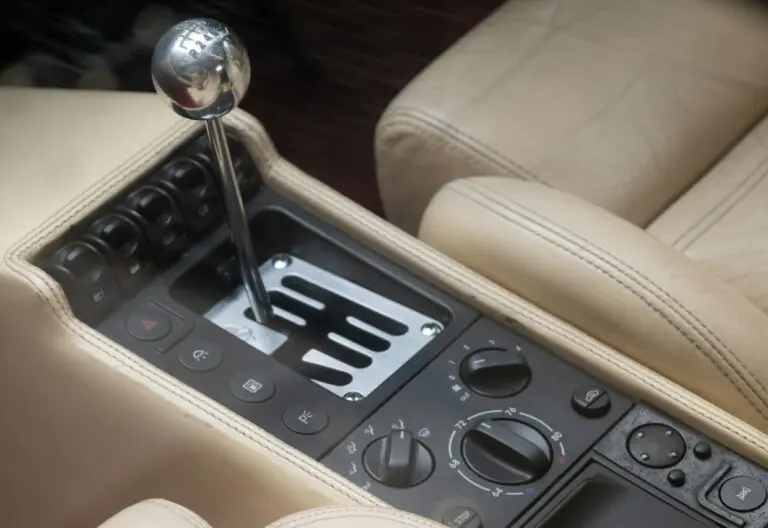Introduction
The fuel pump control module is a critical component of your vehicle’s fuel system. It is responsible for regulating the flow of fuel from the tank to the engine. If this module fails, it can cause a variety of issues that can affect the performance of your vehicle. In this blog post, we will discuss the causes of fuel pump control module problems and the steps you can take to fix them.
Symptoms of Fuel Pump Control Module Problems
The first sign of a problem with the fuel pump control module is often a noticeable decrease in the vehicle’s performance. This can include a loss of power, poor fuel economy, and difficulty starting the engine. Other common symptoms include stalling, hesitation, and a rough idle.
Causes of Fuel Pump Control Module Problems
There are several factors that can contribute to problems with the fuel pump control module. One common cause is a lack of proper maintenance, which can lead to wear and tear on the module over time. Another common cause is exposure to extreme temperatures, which can cause the module to malfunction or fail.
Diagnosing Fuel Pump Control Module Problems
The first step in diagnosing problems with the fuel pump control module is to check for any diagnostic trouble codes (DTCs) that may be stored in the vehicle’s computer. This can be done using a diagnostic scan tool, which can read the codes and provide information about the specific problem.
Fixing Fuel Pump Control Module Problems
If the fuel pump control module is found to be faulty, it will need to be replaced. This is a relatively straightforward process that can usually be completed in a few hours. Here’s what you need to do:
Step 1: Disconnect the battery Before you begin working on the fuel system, it is important to disconnect the battery to prevent any accidental electrical shorts.
Step 2: Locate the module The fuel pump control module is typically located in the fuel tank or near the fuel pump. Its location may vary depending on the make and model of your vehicle, so consult your vehicle’s service manual for specific instructions.
Step 3: Remove the old module Once you have located the module, remove it by disconnecting any electrical connections and unbolting it from its mounting location.
Step 4: Install the new module Install the new module by connecting all electrical connections and bolting it securely in place.
Step 5: Clear any stored codes Once the new module is installed, use the diagnostic scan tool to clear any stored codes from the vehicle’s computer.
Step 6: Re-connect the battery After clearing the codes, re-connect the battery and test-drive the vehicle to ensure that the problem has been resolved.
Precautions
It is important to keep in mind that working on the fuel system can be dangerous. Always refer to the vehicle’s service manual for specific instructions and precautions. Never smoke or work near open flames while working on the fuel system. Never attempt to repair a leaking fuel tank or fuel lines, as this can be extremely dangerous.
Conclusion
Fuel pump control module problems can cause a variety of issues that can affect the performance of your vehicle. By understanding the causes and symptoms of these problems, you can take the necessary steps to diagnose and fix them. With proper maintenance and care, you can help ensure that your vehicle’s fuel system stays in good working condition for many years to come.



















